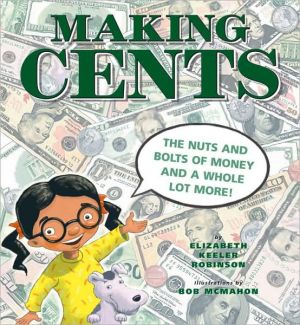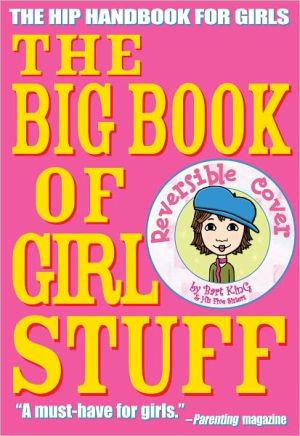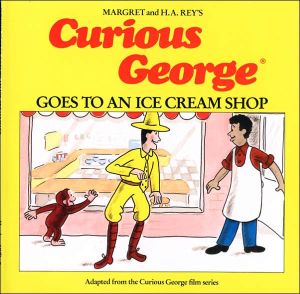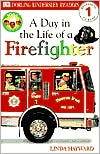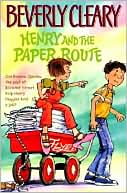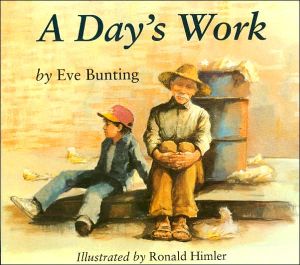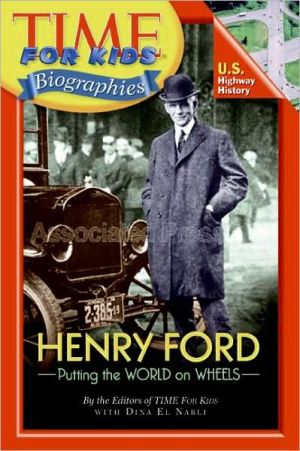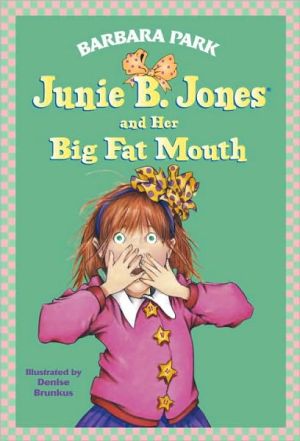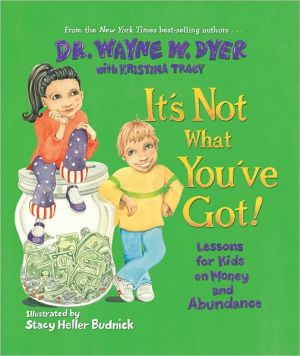Making Cents
How many nickels are in a quarter? Whose face is on the fifty-dollar bill? You'll find the answers to these questions and many more in this exuberant introduction to denominations, from the penny to the hundred-dollar bill. Catchy prose and illustrations that depict lots of different ways that kids can make money will help young readers appreciate what it takes to earn a buck.\ Packed with information and insights into American money, this book will show readers how money earned can be...
Search in google:
How many nickels are in a quarter? Whose face is on the fifty-dollar bill? You'll find the answers to these questions and many more in this exuberant introduction to denominations, from the penny to the hundred-dollar bill. Catchy prose and illustrations that depict lots of different ways that kids can make money will help young readers appreciate what it takes to earn a buck. Packed with information and insights into American money, this book will show readers how money earned can be transformed into something wonderful. Kid-friendly introduction to U.S. currency. Describes math equivalencies and gives insight into buying power. Teachers' Guide available at www.tricyclepress.com. Reviews"Promoting the rewards of hard work along with exposing readers to the look and uses of money, plus a bit of arithmetic, this makes salutary reading on more than one level."-Kirkus ReviewsChildren's LiteratureThe United States has a lot of different forms of currency, from the penny up to the $100 bill. How much is the money worth, and how can you get some of it? This nonfiction title describes each monetary unit, shows a nice picture of it, and describes what you can buy with it. Turn the page, and the penny is multiplied to the nickel; its buying power is multiplied, too. As the amount of money grows, the illustrator continues drawing pennies, nickels, and dimes so that the reader can see the pile of money growing and growing. The author also shows how choices about what to purchase multiply along with the money. For a penny, the kids can buy one-penny nail, but for one dollar, the kids can buy one hundred penny nails, twenty spiraled wood screws, ten marking pencils, four sandpaper squares, or a hinge for a door. The ascension of money and products is simply laid out and explained. It makes a bold impression. In addition to the text, the bright and appealing illustrations show kids doing various neighborhood tasks to earn the money they are going to need to buy materials to build a clubhouse, so the concepts of earning and saving are mildly introduced as well. An author's note at the end discusses other currency not mentioned in the text, such as the two-dollar bill or the one-dollar coin. The author also describes how the pictures on our coins change all the time and gives the websites for the Bureau of Printing and Engraving and the U.S. Mint so that kids can see the various designs for themselves. Reviewer: Gwen Vanderhage
\ Children's Literature\ - Gwen Vanderhage\ The United States has a lot of different forms of currency, from the penny up to the $100 bill. How much is the money worth, and how can you get some of it? This nonfiction title describes each monetary unit, shows a nice picture of it, and describes what you can buy with it. Turn the page, and the penny is multiplied to the nickel; its buying power is multiplied, too. As the amount of money grows, the illustrator continues drawing pennies, nickels, and dimes so that the reader can see the pile of money growing and growing. The author also shows how choices about what to purchase multiply along with the money. For a penny, the kids can buy one-penny nail, but for one dollar, the kids can buy one hundred penny nails, twenty spiraled wood screws, ten marking pencils, four sandpaper squares, or a hinge for a door. The ascension of money and products is simply laid out and explained. It makes a bold impression. In addition to the text, the bright and appealing illustrations show kids doing various neighborhood tasks to earn the money they are going to need to buy materials to build a clubhouse, so the concepts of earning and saving are mildly introduced as well. An author's note at the end discusses other currency not mentioned in the text, such as the two-dollar bill or the one-dollar coin. The author also describes how the pictures on our coins change all the time and gives the websites for the Bureau of Printing and Engraving and the U.S. Mint so that kids can see the various designs for themselves. Reviewer: Gwen Vanderhage\ \ \ \ \ School Library JournalK-Gr 2\ This book introduces American coins and paper money in a clear and entertaining way. A group of children from a variety of ethnic backgrounds is hard at work earning money, saving, and planning for a neighborhood clubhouse. Readers see the purchasing power of the different coins and bills in terms of nails, screws, marking pencils, sandpaper, and other building supplies. They also view different ways that coins can be combined to equal a nickel, dime, quarter, dollar, etc. Children will have fun counting the coins and guessing what the next coin or bill will be. The text is well paced, and the layout is attractive, although occasionally busy. The colorful, average-quality, computer-generated cartoons have child appeal. The scanned images of coins and bills are accurate, and an author's note provides information about less-common currency and recent monetary changes. Although not a necessary purchase, libraries that need more age-appropriate books about money may want to consider this one, and teachers might find it a useful resource.-Barbara Katz, Parish Episcopal School, Dallas, TX\ \ \ \ Kirkus ReviewsFive children get busy earning funds to build a clubhouse in this primer on U.S. currency. Starting with a penny-good for "a perfect penny nail"-they pool resources as they industriously gather recyclable bottles, set up a lemonade stand and more; each project escalates the income, from a nickel to a dime to a quarter to, ultimately, a $100 bill. McMahon's cartoons depict not only a cadre of boisterous young entrepreneurs laboring in a sunny suburban setting, but the front and back of each coin or bill, plus views of the hardware or other supplies that each would buy. These values may be already behind the inflationary times, but the designs are current enough to include the new fiver, and the clubhouse does get built. Robinson closes with notes on both how our money's look changes regularly and also on skipped denominations: the 50-cent piece; the $1 coin and the $2 bill. Promoting the rewards of work along with exposing readers to the look and uses of money, plus a bit of arithmetic, this makes salutary reading on more than one level. (Picture book/nonfiction. 6-8)\ \
